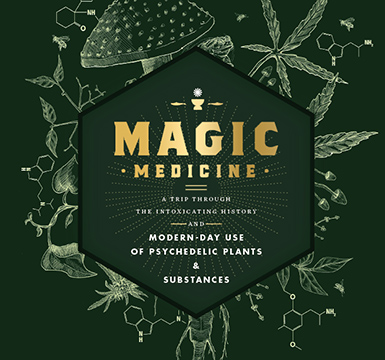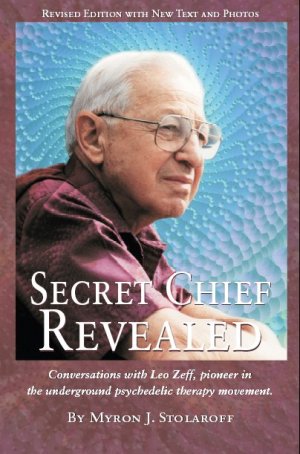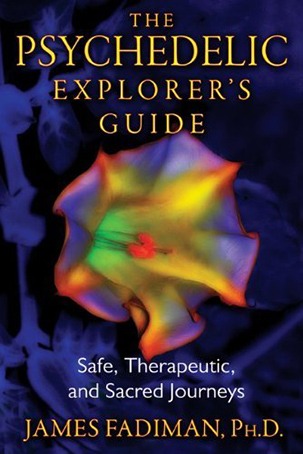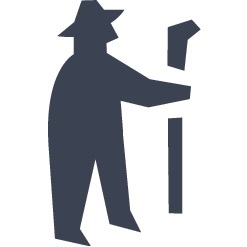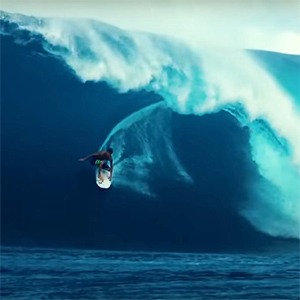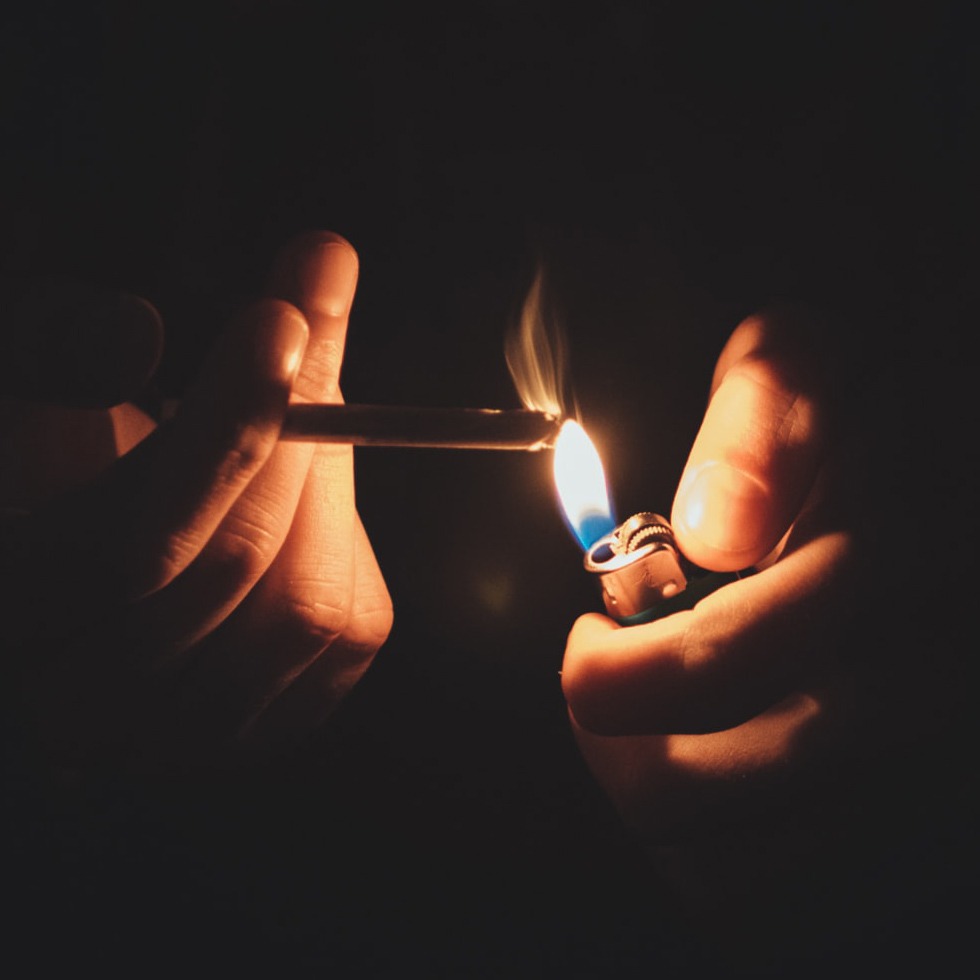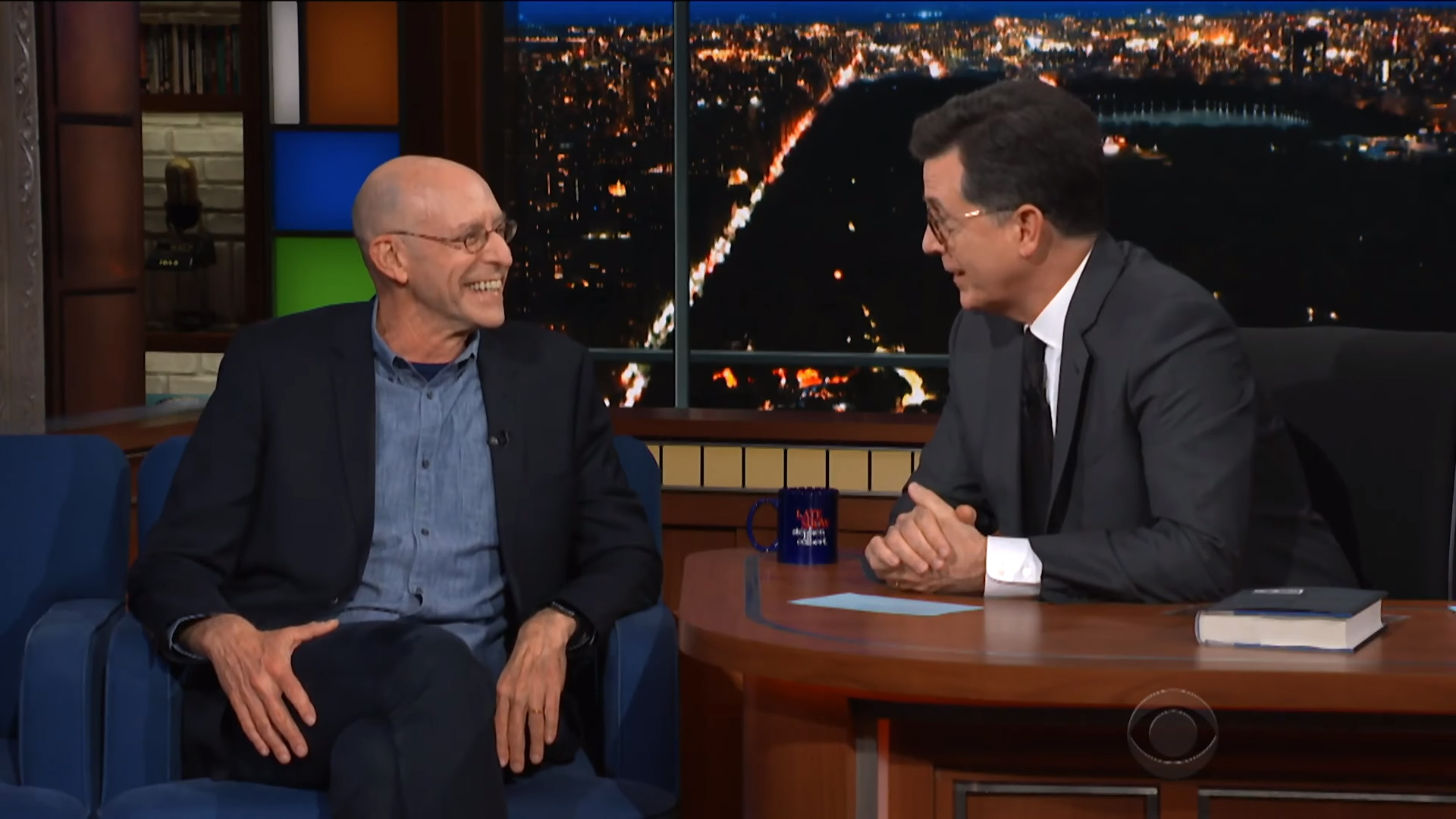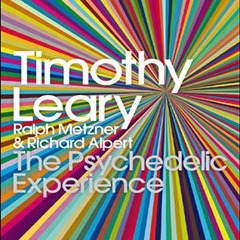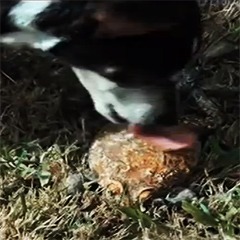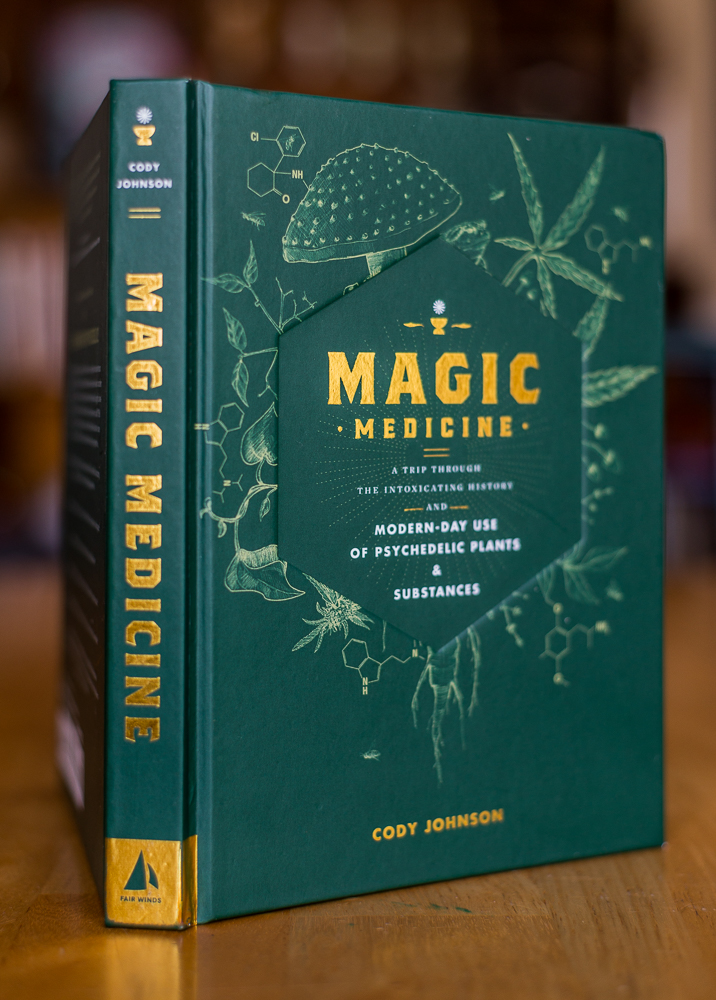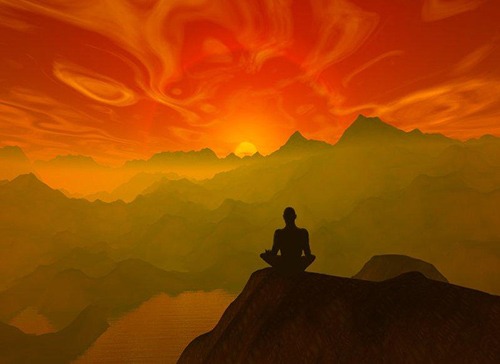
Why stop at pretty sounds and colors when these medicines can catalyze deep epiphanies and lasting change?
There’s nothing wrong with these approaches. “Getting fucked up” can be a completely legitimate reason to trip (though not the safest or most productive one). There’s no need for self-described “serious” psychonauts to condescend to recreational users. (See Sacredness is in the eye of the beholder for my thoughts on that issue.) Everyone enjoys sovereignty over his or her own consciousness — this is the meaning of cognitive liberty.
But the fact remains: these psychedelics can go much deeper than recreation. Those who never choose to explore psychedelics more seriously than as intoxicants or sense-enhancers will miss out on their greatest potential. Why stop at pretty sounds and colors when these medicines can catalyze deep epiphanies and lasting change?
[pullquotecenter]Because they encourage such ruthless honesty, these molecules are ideal mirrors for the art of self-reflection.[/pullquotecenter]
And psychedelics are very much agents of change. They can show you your shadow self, dragging your insecurities and internal conflicts into the light for examination. They mediate a conversation, even a partnership, with the subconscious, unseating your deepest assumptions and leading you to question the most rigid habits and biases. Psychedelics are molecular battering rams, crumbling the castle called Ego, often raising from the rubble a profound feeling of pure love and unity.
They can introduce you to God, bridging for a time the seemingly unbridgeable gap between the human and divine spheres of existence. Perhaps more importantly, they can help you get to know yourself. Your real self, defenses down, moat drained, drawbridge lowered. Because they encourage such ruthless honesty, these molecules are ideal mirrors for the art of self-reflection.
Much of this potential is likely to pass the recreational user by. You often get what you ask for, and if your attitude does not predispose you to a therapeutic or spiritual trip, you are less likely to experience one. Of course, a casual user will sometimes stumble upon personal revelations quite by accident. Even the most stubborn eyes and minds can be opened, allowing some insights to filter in. Such is the power of these chemicals, and the human mind.
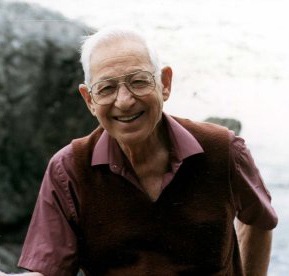
Leo Zeff, the underground psychedelic therapist profiled in The Secret Chief Revealed, believed that a trip’s value is in catalyzing personal growth.
But those who approach the psychedelic experience with respect and intention will learn much more from their trips, and will be better prepared to integrate those lessons into their daily lives. As Leo Zeff, a pioneer of the underground psychedelic therapy movement, used to say, the quality of a trip is measured not by your experience that day, but how you grow in the subsequent months as a result. If we commit ourselves to being accountable to the insights received, then every trip can become a transformative event, a tool for self-realization. The best kind of trip is one you grow from.
Casual trippers often overlook two important stages of tripping: preparation and integration. Without attending to these steps the user is unable to reach the pinnacle of a truly therapeutic trip and maximize the learning process. Many people don’t realize that psychedelics are a school — and like any school, you need to do your homework. I’ll elaborate on preparation and integration in future posts; they are terrific methods for making the most of the dose.
Myron Stolaroff, a researcher and advocate of psychedelic psychotherapy, describes how recreational use tends to taper off:
The use of psychedelics is self-regulating in most cases. Their true purpose is to enhance growth and interior development. Used only for pleasure, or abused, the Inner Self is thwarted, which leads to unpleasant experiences and depression. Though everyone who pursues the use of psychedelics for personal growth must be prepared for the “dark night of the soul” experiences, those who seek only entertainment will lose interest in these substances.
Tripping for entertainment may lose its charm, but tripping for personal growth can lead the intrepid psychonaut to ever greater heights over years of directed use. Rewards increase as self-understanding deepens.
[pullquoteleft]That’s what the psychedelic experience can be: a deep and honest interview with yourself.[/pullquoteleft]Transformation is the highest purpose we can set for ourselves when exploring consciousness. “Psyche-delic” means mind-revealing, and indeed, seeing oneself more completely may be the most psychedelic activity there is. I take Leo Zeff’s advice, measuring a trip’s true value by how much I grow from it afterwards. Heck, that’s a great way to rate any experience, psychedelic or not: how has it changed your life?
While I honor every individual’s right to choose how to explore consciousness, I encourage those of you who have never had the pleasure to try out the self-discovery approach. If you trip, trip with intent. Bring questions to explore. Treat it with gravity and respect, like a therapeutic session. That’s what the psychedelic experience can be: a deep and honest interview with yourself. Plan to dig deep, committing yourself to confronting all conflicts and negative feelings as they arise.
Best of all, “tripping with intent” not an alternative method so much as a complementary one. People use psychedelics for all sorts of reasons — to improve sex, deepen their connection with nature, channel the divine, explore their internal emotional landscape, and so on. A focus on self-discovery, with proper preparation, method, and post-trip integration, will help bring more meaning to all of these activities.
[pullquotecenter]Focus on your deepest emotions before, during, and after the trip, and you will wind up with extraordinary lessons from the other side of the psychedelic frontier.[/pullquotecenter]
Besides, an LSD trip can last twelve hours, and shrooms is at least six. That’s plenty of time for a variety of activities and settings. If you’re accustomed to recreational tripping, especially in a social setting, try setting aside some alone time on each trip for quiet introspection. Then ask yourself, what’s holding me back in life? How does my behavior compare to my goals and self-beliefs? What would I like to change about my life? Don’t just think through the questions; feel them. Focus on your deepest emotions before, during, and after the trip, and you will wind up with extraordinary lessons from the other side of the psychedelic frontier.
If you’re looking for more specific guidance about tripping for self-discovery, stay tuned! That’s the main goal of this blog — to awaken people to the highest potential of psychedelics; to help you make the most of the dose. In the meantime, you can read up on psychedelic psychotherapy and trip guides. Researchers like James Fadiman, Myron Stolaroff, Leo Zeff and others have shed some light on the best techniques for therapeutic tripping. You don’t need a psychology degree to gain insight from psychedelics; you just need to pay attention.
If you’ve experienced positive results from tripping with intent, share your experience with others! Give your “recreational” friends the opportunity to take tripping more seriously. Some people will resist, but others will be ecstatic that you opened their eyes to the higher potential of these chemicals. You never know, it just might change someone’s life.
Let me know in the comments — what have you learned from tripping? How has it changed your life?
Liked this post? Subscribe to my RSS feed to get much more!

